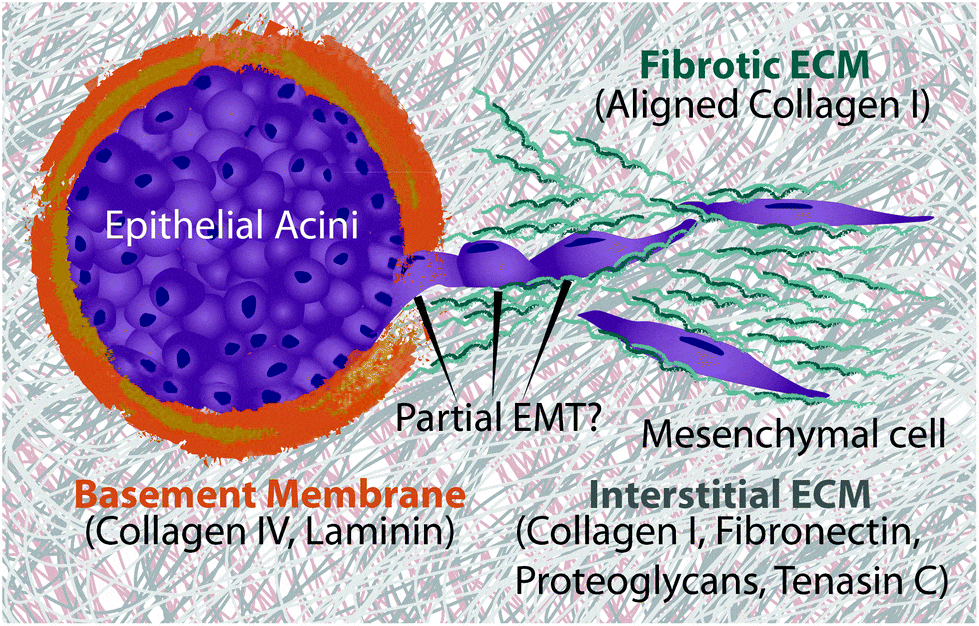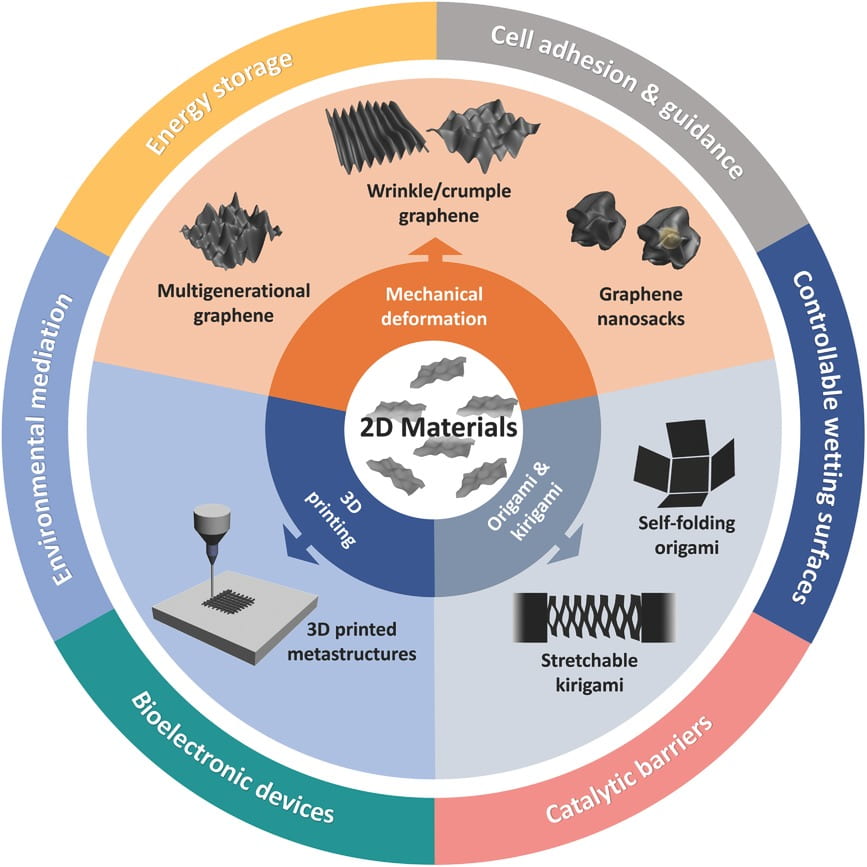
Collective cell migration is a crucial process that governs embryonic development, wound repair, and tumor metastasis. We are interested in how epithelial cells transition between individual and collective migration in a microenvironmental context. As a case study, we investigate the epithelial-mesenchymal transition (EMT), classically associated with developmental pathways that weaken cell-cell adhesion and upregulate a pro-migratory phenotype with vimentin intermediate filaments. We utilize quantitative and physical methods that include biomaterials engineering, live cell imaging, traction force microscopy, computer vision and topology-based machine learning.

The creation of three-dimensional (3D) structures from two-dimensional (2D) nanomaterial building blocks enables novel chemical, mechanical or physical functionalities that cannot be realized with planar thin films or in bulk materials. We are interested in using mechanical deformations to encode complex topographical patterns in 2D nanomaterials (e.g. graphene). We also utilize light-directed 3D printing to fabricate hydrogels via ionic and covalent crosslinking, enabling new microfluidic and shape-morphing devices. We also have extensive expertise with conventional soft and nano lithography techniques.
